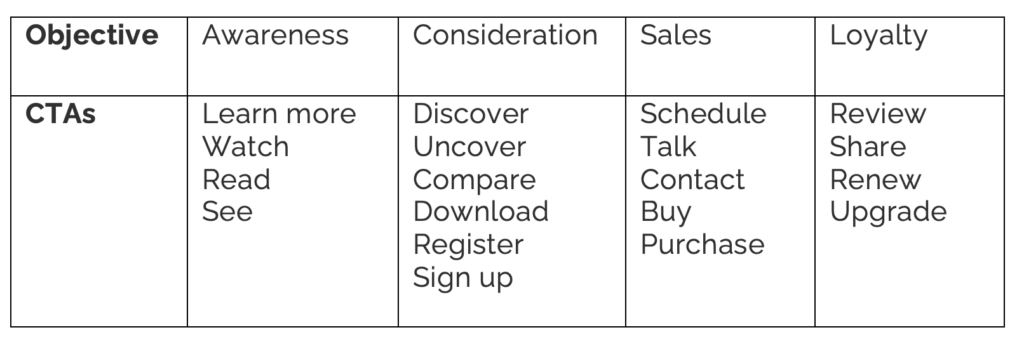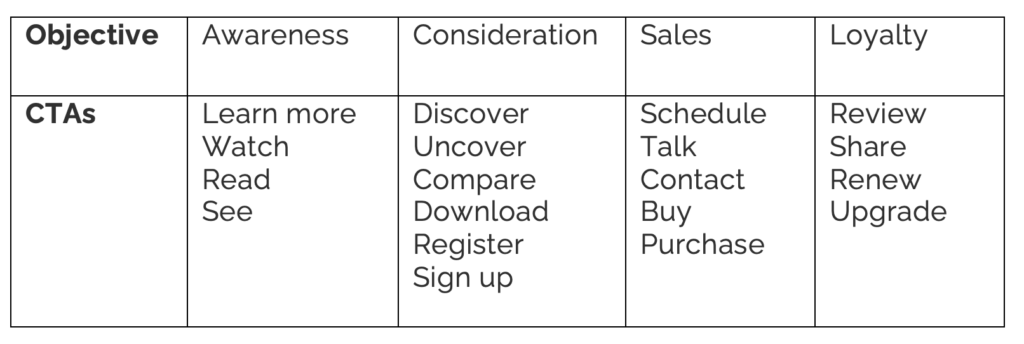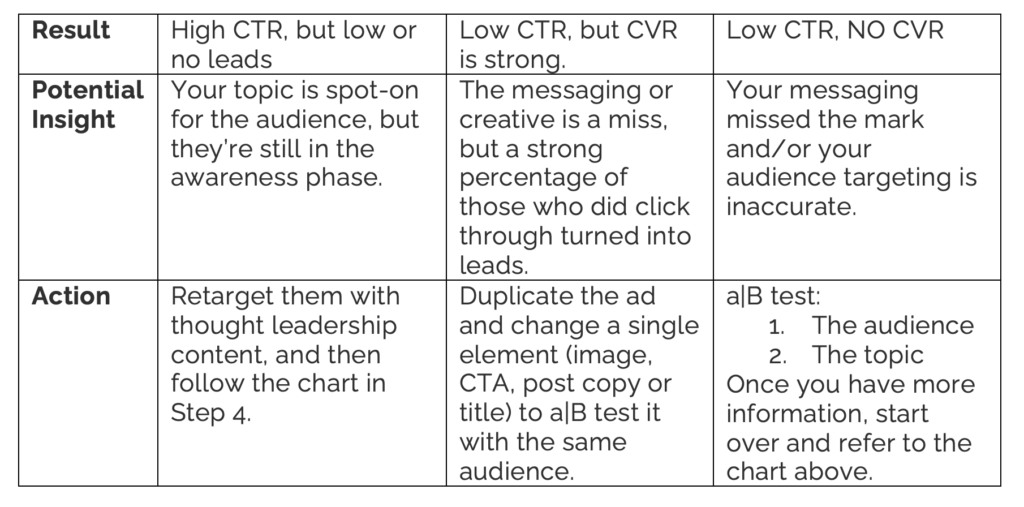
If you’re struggling to generate social media leads, you’re not alone. It’s the number one challenge for six in 10 marketers.[1]
But there’s good news: The longer marketers use social media for their businesses, the greater their ability to generate leads. After two years, 58% of marketers report lead generation as a benefit of their social media efforts. And after more than five years? That number jumps to 72%.[2]
Wondering how they do it? Here are 5 steps that can point you in the right direction:
Step 1: Know where to focus your efforts
Not every social media platform will work for your brand and not all social media platforms are equally effective at all stages of the sales funnel. Start with one platform, get your feet under you, and then add a second. Stick with those two until you have at least a full year of positive results before adding another. Which platform(s) you choose will depend on two things: 1. Your audience and 2. Your core objective
It’s commonly believed that LinkedIn and Twitter are for B2B audiences and FB and Instagram are for B2C, but that’s not necessarily always accurate. You might be a B2B marketer, focused on LinkedIn, but if your core objective is engaging your audience and driving traffic, you’ll want to add YouTube, Facebook or Instagram to your mix. If you’re a B2C marketer focused on Instagram but your core objective is leads, you might consider adding Facebook.

Step 2: Speak your audience’s language
The words you use in organic and paid social posts matter. This goes beyond grammar and style to audience and objective. Research industry keywords to uncover not only which words and phrases make the most sense but also where there’s whitespace your brand can potentially own. Then go one step further to determine the search intent of your chosen keywords. Keywords with informational intent are ideal for thought leadership and top of funnel social posts and calls to action, while transactional keywords are the words and phrases most often used by searchers who are in the consideration phase and closer to making a purchase.
Speaking of calls to action (CTAs), make sure yours are aligned with the content you’re sharing and the objective you’ve set. If you’re using a top of funnel CTA but driving to a bottom-funnel asset, you risk losing your audience.

Step 3: Know when (and where) to put up a gate
Just because you put up a gate does not mean you’ll capture qualified leads. You’d likely be better off un-gating valuable content and then including CTAs throughout the asset that move readers along the path to purchase. In a thought leadership blog post, for example, include links to mid-funnel content, such as a customer story. In an interactive quiz, move the gate from the start to after the last question so that participants are asked for their email address to receive the results of the quiz. This way, they’re much more likely to provide a real email address. In an eBook, be sure to include CTA buttons in each chapter so that readers can click to chat with an expert or ask a question directly related to the topic in that chapter.
Step 4: Be intentional about retargeting
Only 3% of people are ready to make a purchase the first time they visit a website.[3] That leaves 97% who leave—and might not ever come back—without making a purchase. Many marketers admit to creating a list of every website visitor, and then promoting each new content asset to that same list. That’s a loose definition of “retargeting.” If you want to see strong results, you’ll need to be more intentional than that.
Set up audiences based on the pages they visited on your website, and then determine what they might be most likely to engage with next based on their previous actions. For example, you could separate your website visitors by the funnel position of the page(s) they visited. Your top of funnel audience might be comprised of people who viewed blog posts, infographics and ungated eBooks or research reports. The mid funnel audience might capture gated eBooks, customer stories, competitive comparisons and pricing sheets. Your goal is to put every website visitor into a “bucket” so that you know where to send them next. Speaking of where to send them next…

Step 5: Understand what the data is telling you
Don’t make the mistake of assuming that a paid social ad “didn’t work” because you didn’t get hundreds of leads. Not every member of your target audience will be ready when you are. It’s far more important to be there when and where they are ready. There are other KPIs to consider in your lead gen efforts, namely the insights of your audience’s actions. Here are a few:
 Generating leads through social media marketing isn’t rocket science, but it does require paying careful attention to the data. Remember that it takes 5+ years of social media marketing experience for most brands to generate qualified leads. Need to achieve results faster? Consider hiring an expert social media consultant who can provide “behind-the-handle” expertise to get you up to speed. Learn more here.
Generating leads through social media marketing isn’t rocket science, but it does require paying careful attention to the data. Remember that it takes 5+ years of social media marketing experience for most brands to generate qualified leads. Need to achieve results faster? Consider hiring an expert social media consultant who can provide “behind-the-handle” expertise to get you up to speed. Learn more here.
[1] https://www.hubspot.com/state-of-marketing
[2] https://www.socialmediaexaminer.com/social-media-marketing-industry-report-2022/
[3] https://www.businessinsider.com/e-commerce-report-shows-returning-customers-are-more-valuable-than-new-ones-2016-3


